In winter or summer - when did the asteroid fall?
20.05.2023 14:20
2354 views
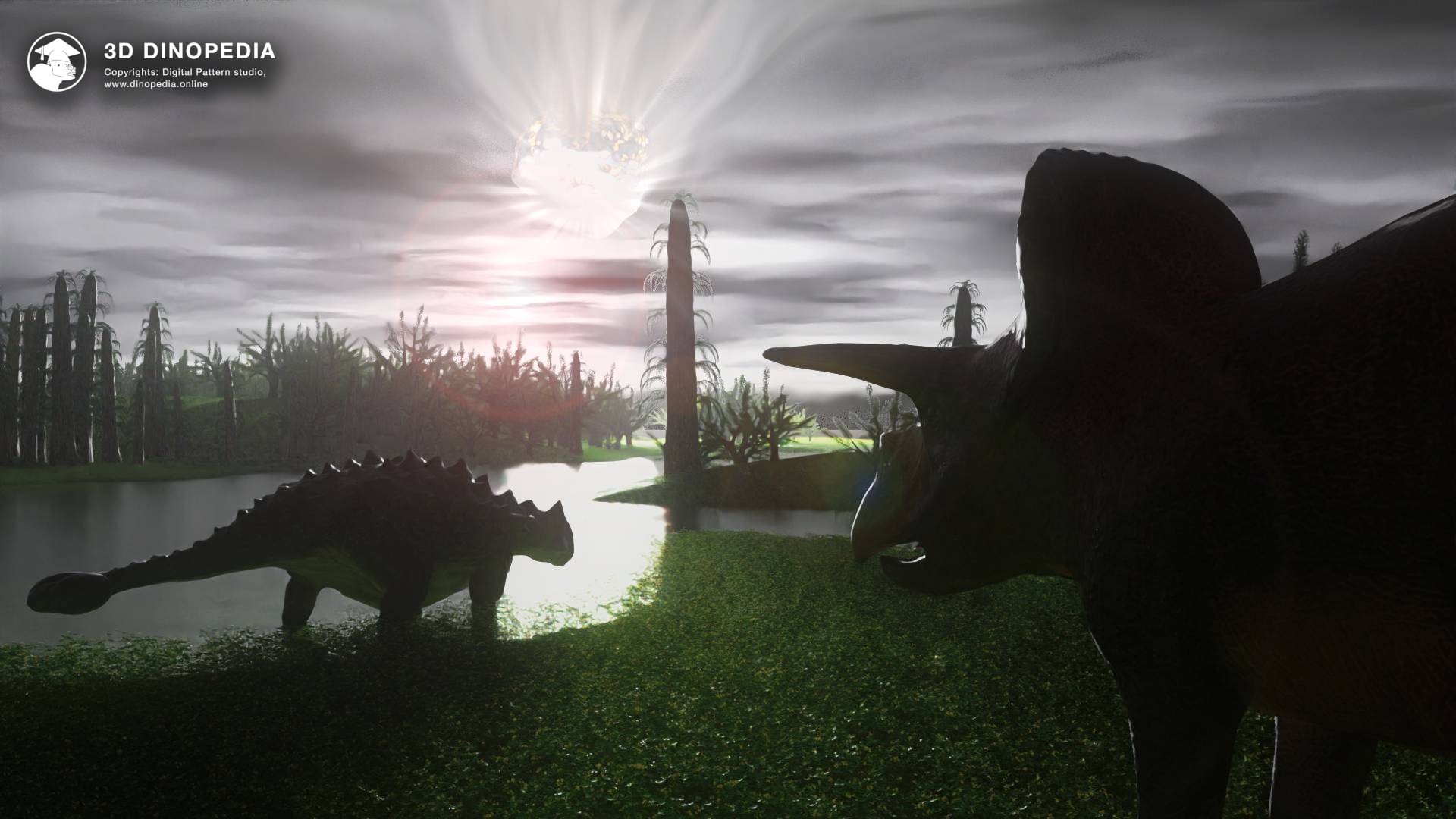
Do you want to hear an amazing story about dinosaurs? Today we will embark on an exciting journey back in time, to the end of the Mesozoic era, when dinosaurs still lived on Earth.
About 66 million years ago, an unprecedented event occurred. A gigantic, 10-kilometer asteroid, the size of a large city, fell to Earth. It landed in a place now called the Yucatan Peninsula (Mexico). The fall led to terrifying consequences - an explosion, an earthquake, then forest fires and tsunamis. And when everything calmed down a bit, clouds of dust and ash shrouded the Earth, plunging the Mesozoic world into a cold night that lasted more than a year... Many dinosaurs and other animals could not survive this terrible event.
Every year we manage to learn a little more about what happened. Like detectives, paleontologists collect the clues left by the asteroid after its criminal fall. And in 2022, one mystery was solved. We now know for certain the season in which the dinosaur-killing asteroid fell!
This was told by paddlefish. Of course, not the fish themselves, but rather their bones, which were found in North Dakota in the very layer that formed when the asteroid fell. And in the gills of ancient fish, tiny spheres were found - fragments of that very "cosmic guest". It turns out, the fish suffocated when heated meteorite fragments hit the rivers, i.e., they died a few hours after the fall. Next, the scientists began to saw fish bones. On the cross-section of the bones, rings are clearly visible - like on a tree trunk. Each ring forms over one year. A black ring forms in winter, then a light one. And the last ring had just begun to form in the paddlefish. This means that they died right after winter, i.e., in spring or early summer. It turns out that the asteroid fell on Earth in the spring!
Further, scientists noted that on Earth, the seasons differ in different hemispheres. While it was spring in the north, it was autumn in the south. This means that some animals may have had more chances to survive after the disaster, especially those that could have already hidden in burrows for hibernation. And the most surprising thing is that paleontological data confirms that after the catastrophe, animals in the south recovered faster than in the north. Those who encountered the asteroid in the fall were luckier! However, for animals living near the equator, where there is not much difference between winter and summer, the season when the asteroid fell might not have mattered.
So it's time to celebrate another victory of science, thanks to which we now know when the asteroid fell. Perhaps this will help paleontologists better understand what happened to the dinosaurs and other animals. And, who knows, perhaps this knowledge will help us better protect our planet in the future!
Discussions
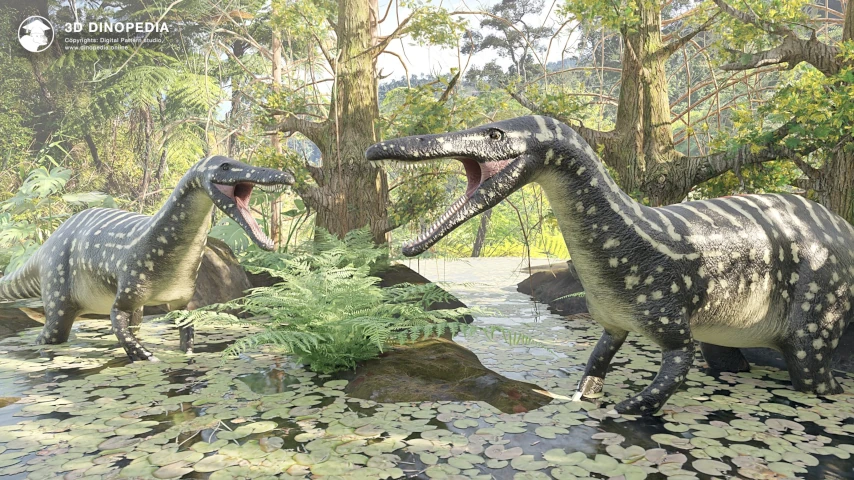
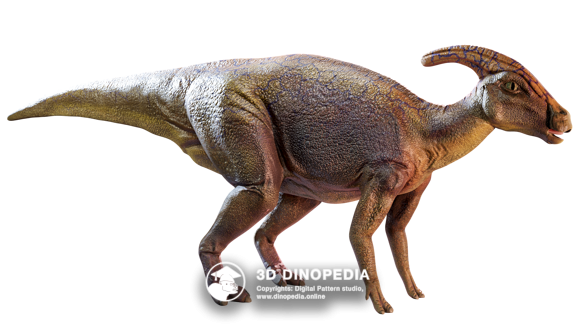

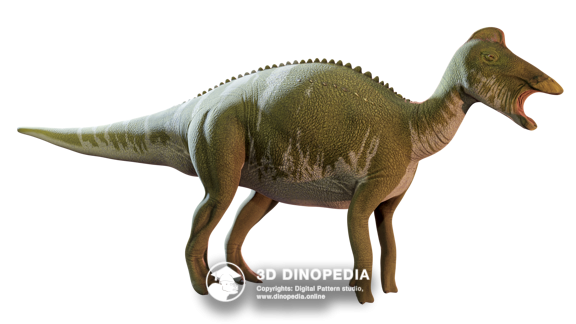
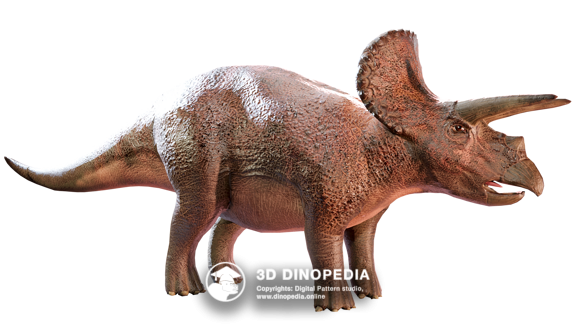
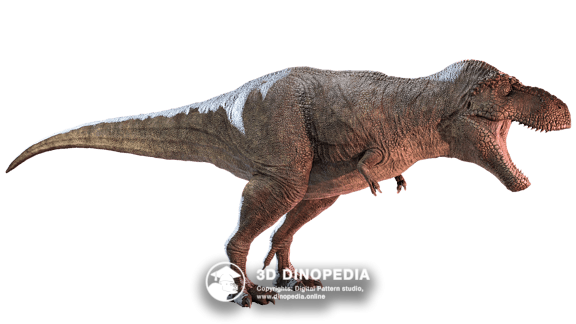
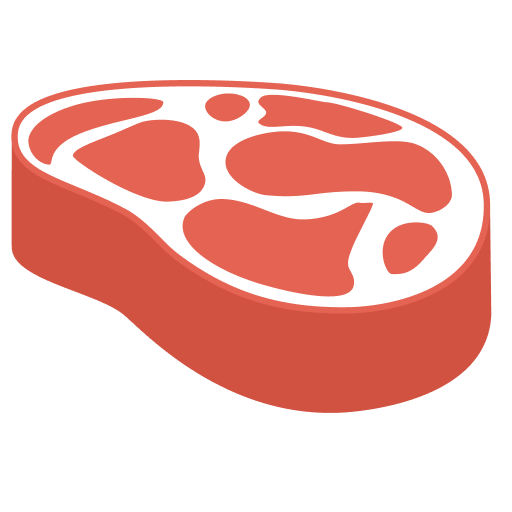

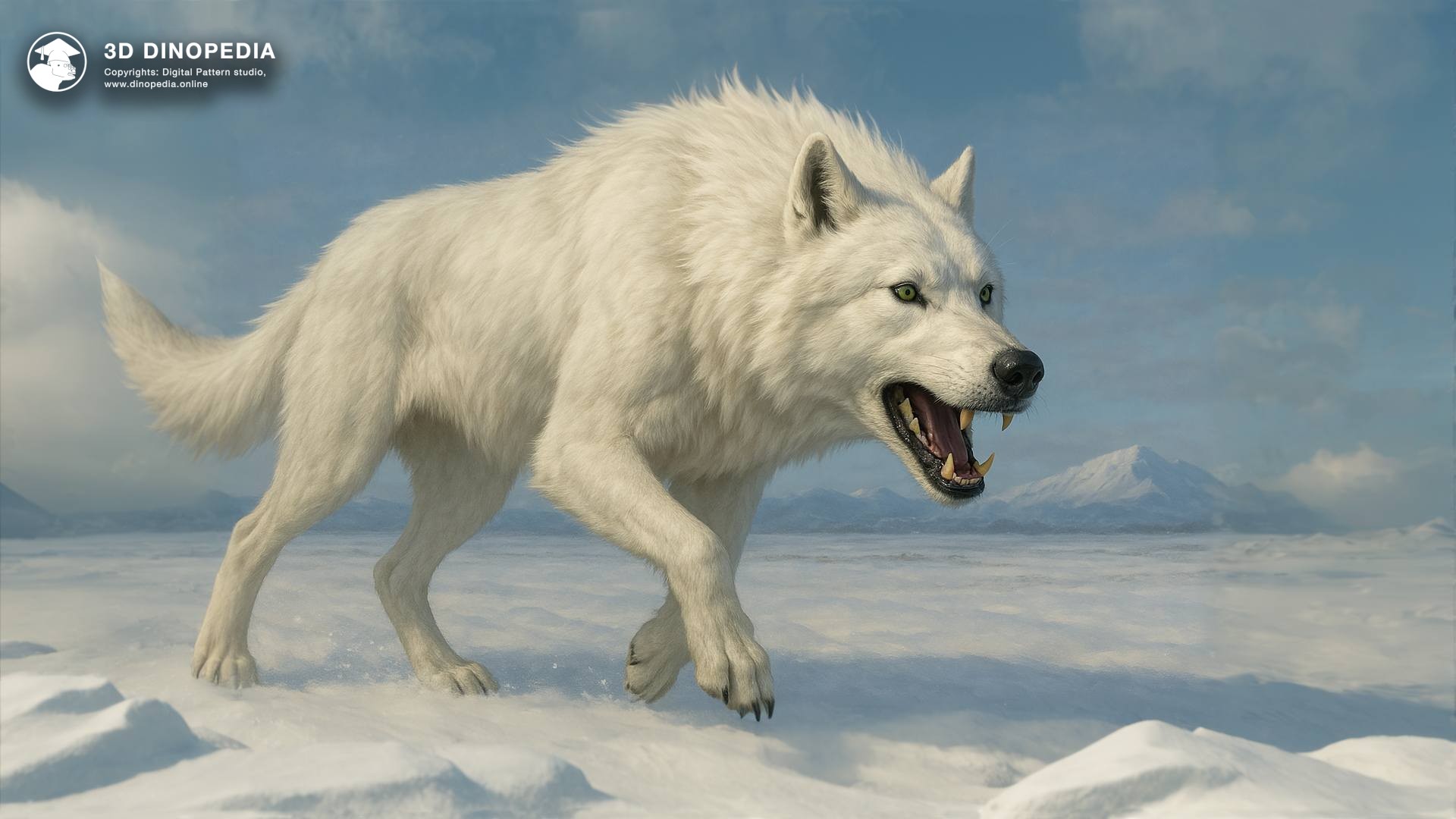

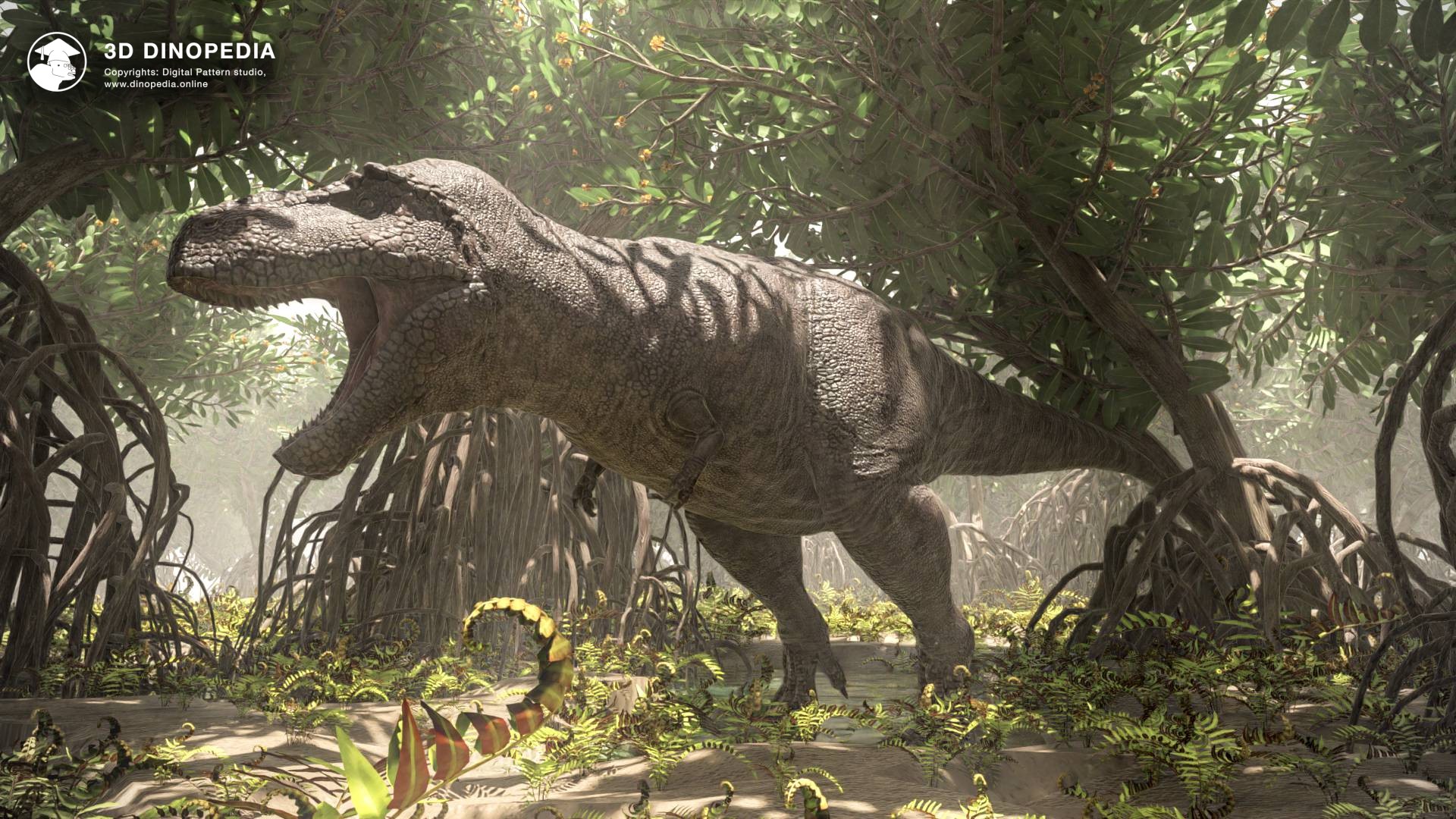

{{ count }} comments
You must login to write a comment